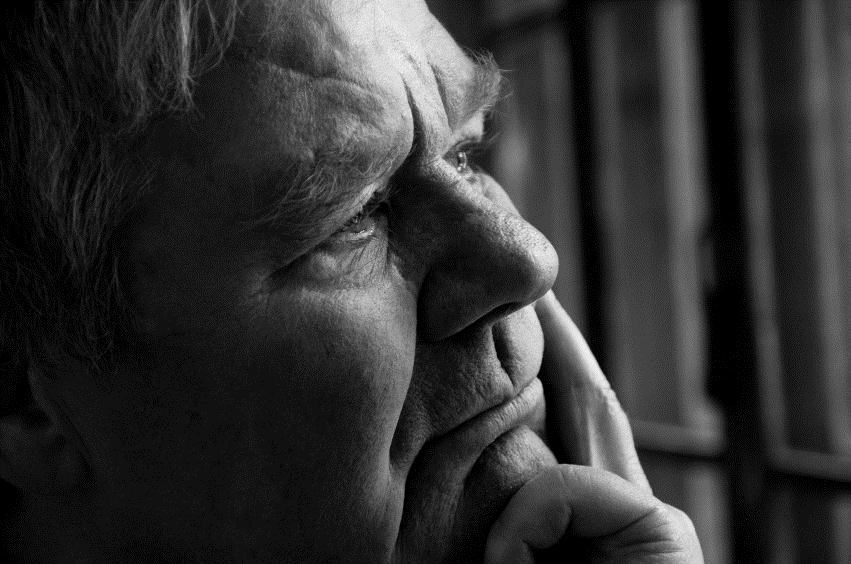Types of Depression
 There are several forms of depressive disorders, but the two main classes are unipolar and bipolar depression. Unipolar disorders are characterized by depressive episodes that most often recur at least several times in the course of a person’s life. Bipolar disorders usually begin as depression, but as they progress, they involve alternating episodes of depression and mania. As a result, bipolar depression is commonly known as manic depression. This section focuses primarily on various types of unipolar depression although much can be learned and applied to bipolar depression as well.
There are several forms of depressive disorders, but the two main classes are unipolar and bipolar depression. Unipolar disorders are characterized by depressive episodes that most often recur at least several times in the course of a person’s life. Bipolar disorders usually begin as depression, but as they progress, they involve alternating episodes of depression and mania. As a result, bipolar depression is commonly known as manic depression. This section focuses primarily on various types of unipolar depression although much can be learned and applied to bipolar depression as well.
Within the classification of unipolar depression two categories exist: exogenous depression and endogenous depression.
Exogenous Depression
When things happen in the environment around us, it can induce exogenous depression or ‘situational depression’. This includes, but is not limited to:
- Death of a loved one or friend
- Near death of a loved one
- Serious illness
- Relationship stress
- Change in marital status
- Changing/losing job
- Moving
- Retirement
- Graduation
- Abuse
Under these circumstances, depression may be a normal part of the grieving process as we experience a perceived loss or radical change in our lives. However, when feelings of intense sadness – including feeling helpless, hopeless and/or worthless – last for many days or weeks and keep you from functioning normally, your depression may be more than just part of the grieving process. It may very well be clinical depression, which can be corrected.
Endogenous Depression
Unlike exogenous depression, endogenous depression can appear to start for no particular reason. There are three classic types:
- Major depression, which is characterized by a combination of symptoms that interfere with a person’s ability to work, sleep, study, eat and enjoy previously-pleasurable activities. Major depression is disabling and prevents a person from functioning normally. Most people with major depression experience several episodes throughout their lives.
- Dysthymia involves long-term (two years or longer) and/or recurring depressive symptoms that are not necessarily disabling but keep a person from functioning normally and interfere with social interactions and enjoyment of life. Research has found that this type of depression often results from (unconscious) negative thinking habits combined with neurotransmitter imbalance.
- Minor depression is characterized by having symptoms that last two weeks or longer that do not meet the full criteria for major depression. Without adequate care, people with minor depression are at a high risk of developed major depression.
In addition, several forms of endogenous depression develop under unique circumstances, including:
- Postpartum depression, which is much more than the “baby blues” that many women experience after giving birth. Postpartum depression is thought to be caused by a combination of extreme hormone fluctuations, the up-regulation of an enzyme called monoamine oxidase that increases the breakdown of serotonin and the increased stress of motherhood. It is estimated that 10-15% of women experience postpartum depression after giving birth.
- Seasonal affective disorder (SAD) is characterized by the onset of depression during the winter months when there is less natural light. This depression will generally lift or lessen during the spring and summer, but can lead to minor or major depression over time. Light therapy helps about half of those with SAD and can be used as a first line of defense.
In all forms of endogenous depression, many times people literally wake up one day to find that they are not functioning normally due to depression. It is now understood that one of the main causes of all forms of endogenous depression are imbalanced levels of specific brain chemicals called neurotransmitters.
Even though medical interventions are typically the first course of action, the medications used to treat depression do not address the root cause of the disorder. This explains why antidepressants are only effective in 7-13% of the people that take them.




